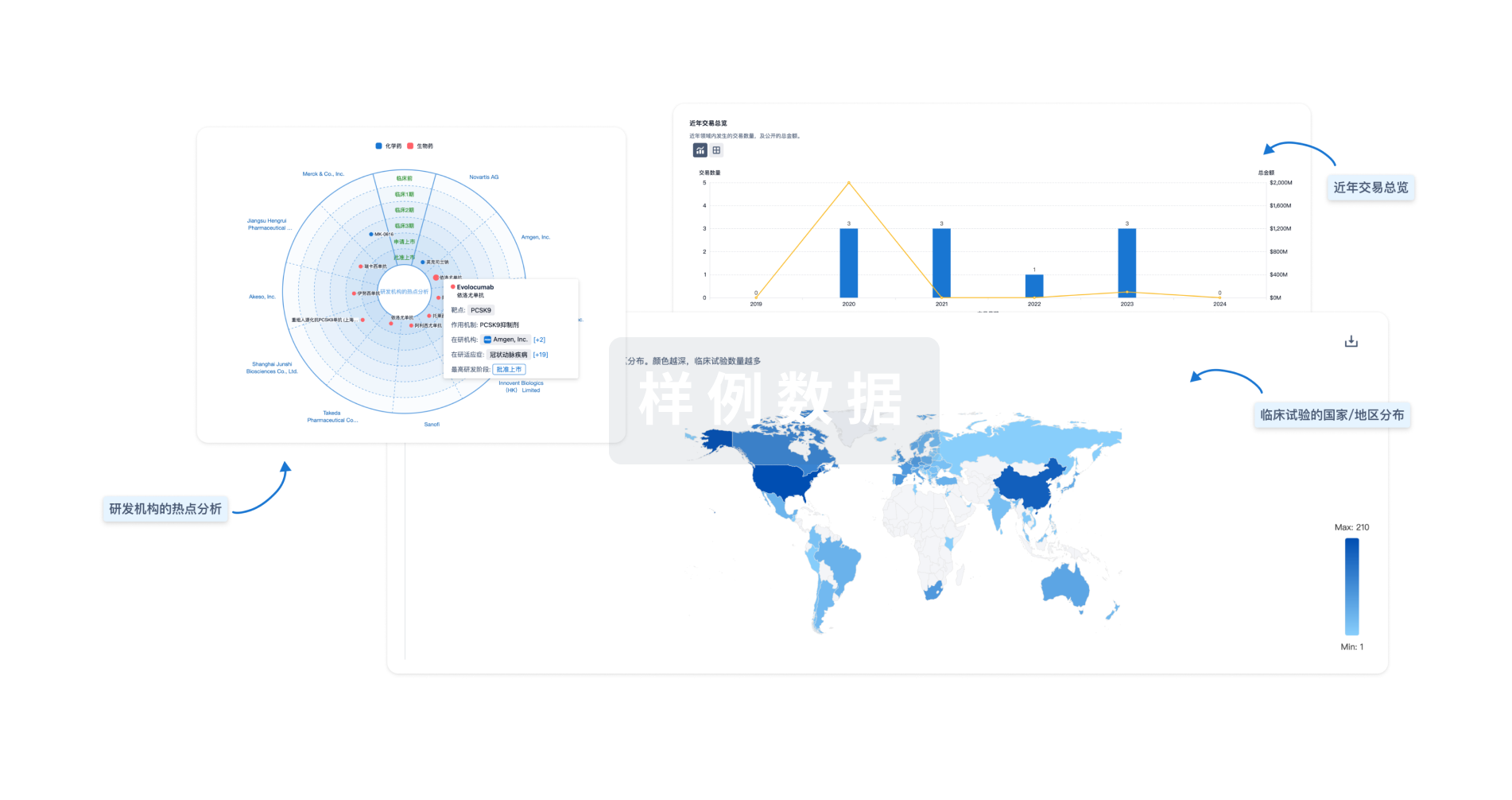预约演示
更新于:2025-05-07
HLA x complement factor
更新于:2025-05-07
基本信息
关联
7
项与 HLA x complement factor 相关的药物作用机制 HLA抑制剂 [+1] |
在研机构- |
在研适应症- |
非在研适应症 |
最高研发阶段无进展 |
首次获批国家/地区- |
首次获批日期1800-01-20 |
作用机制 HLA抑制剂 [+1] |
在研机构- |
在研适应症- |
非在研适应症 |
最高研发阶段无进展 |
首次获批国家/地区- |
首次获批日期1800-01-20 |
作用机制 HLA抑制剂 [+1] |
在研机构- |
在研适应症- |
非在研适应症 |
最高研发阶段无进展 |
首次获批国家/地区- |
首次获批日期1800-01-20 |
100 项与 HLA x complement factor 相关的临床结果
登录后查看更多信息
100 项与 HLA x complement factor 相关的转化医学
登录后查看更多信息
0 项与 HLA x complement factor 相关的专利(医药)
登录后查看更多信息
4
项与 HLA x complement factor 相关的文献(医药)2019-07-01·JAIDS Journal of Acquired Immune Deficiency Syndromes3区 · 医学
Increasing Levels of Serum Heat Shock Protein 70 Precede the Development of AIDS-Defining Non-Hodgkin Lymphoma Among Carriers of HLA-B8-DR3
3区 · 医学
Article
作者: Wiener, Howard W. ; Jacobson, Lisa P. ; Martinson, Jeremy J. ; Aissani, Brahim ; Shrestha, Sadeep ; Martinez-Maza, Otoniel ; Kaslow, Richard A. ; Stosor, Valentina ; Bream, Jay H.
2011-03-01·Der Chirurg4区 · 医学
Pathophysiological basis of surgery-linked sepsis
4区 · 医学
Review
作者: Vollmar, B
2010-12-01·BMC Musculoskeletal Disorders3区 · 医学
Effects of rituximab in two patients with dysferlin-deficient muscular dystrophy
3区 · 医学
ArticleOA
作者: Cogiamanian, Filippo ; Bresolin, Nereo ; Torrente, Yvan ; Porretti, Laura ; Belicchi, Marzia ; Marchesi, Chiara ; Lerario, Alberto
分析
对领域进行一次全面的分析。
登录
或

生物医药百科问答
全新生物医药AI Agent 覆盖科研全链路,让突破性发现快人一步
立即开始免费试用!
智慧芽新药情报库是智慧芽专为生命科学人士构建的基于AI的创新药情报平台,助您全方位提升您的研发与决策效率。
立即开始数据试用!
智慧芽新药库数据也通过智慧芽数据服务平台,以API或者数据包形式对外开放,助您更加充分利用智慧芽新药情报信息。
生物序列数据库
生物药研发创新
免费使用
化学结构数据库
小分子化药研发创新
免费使用
